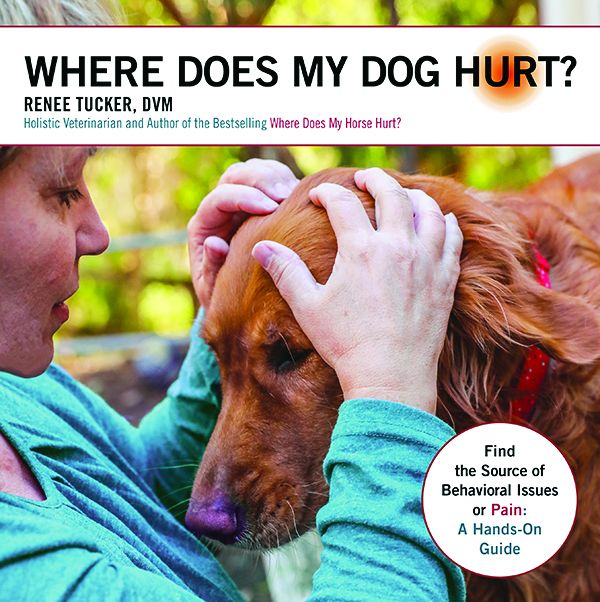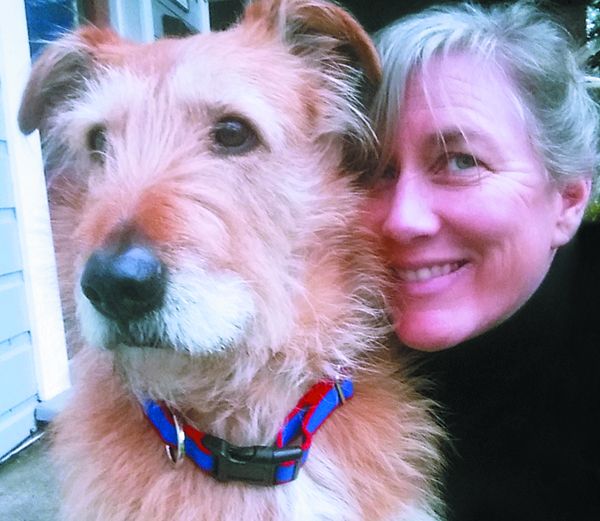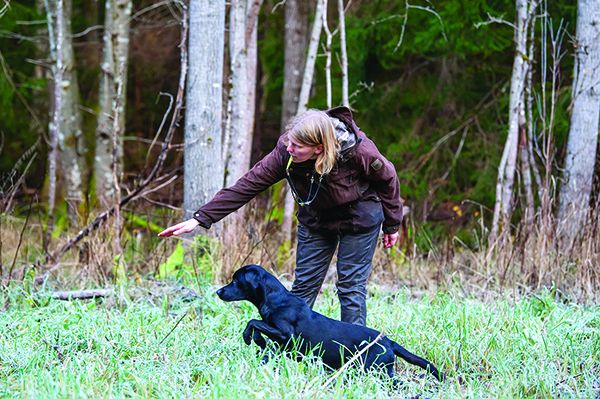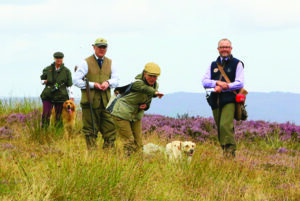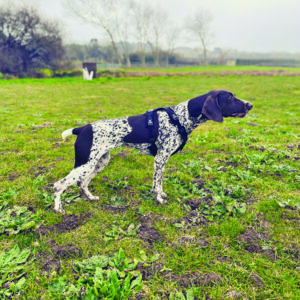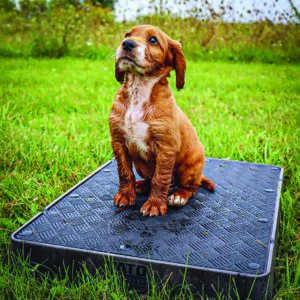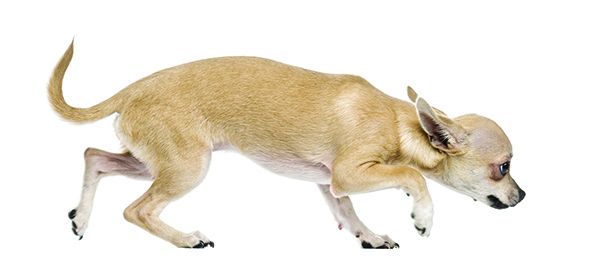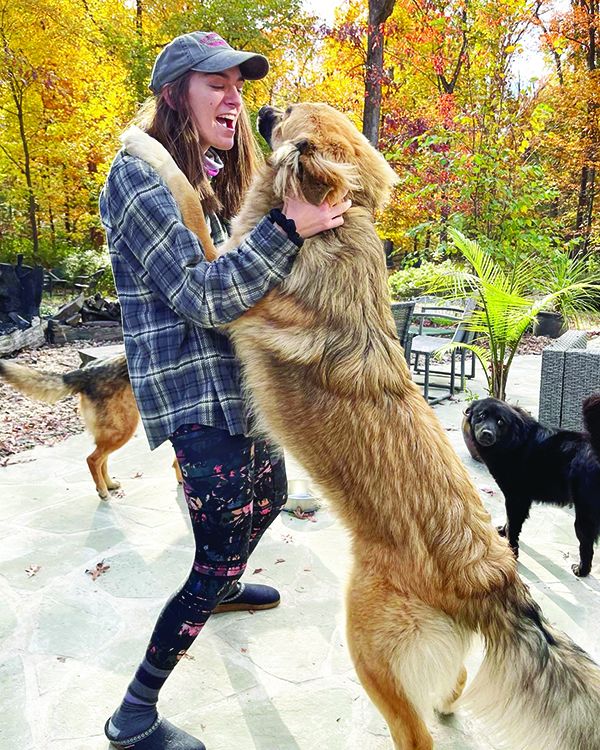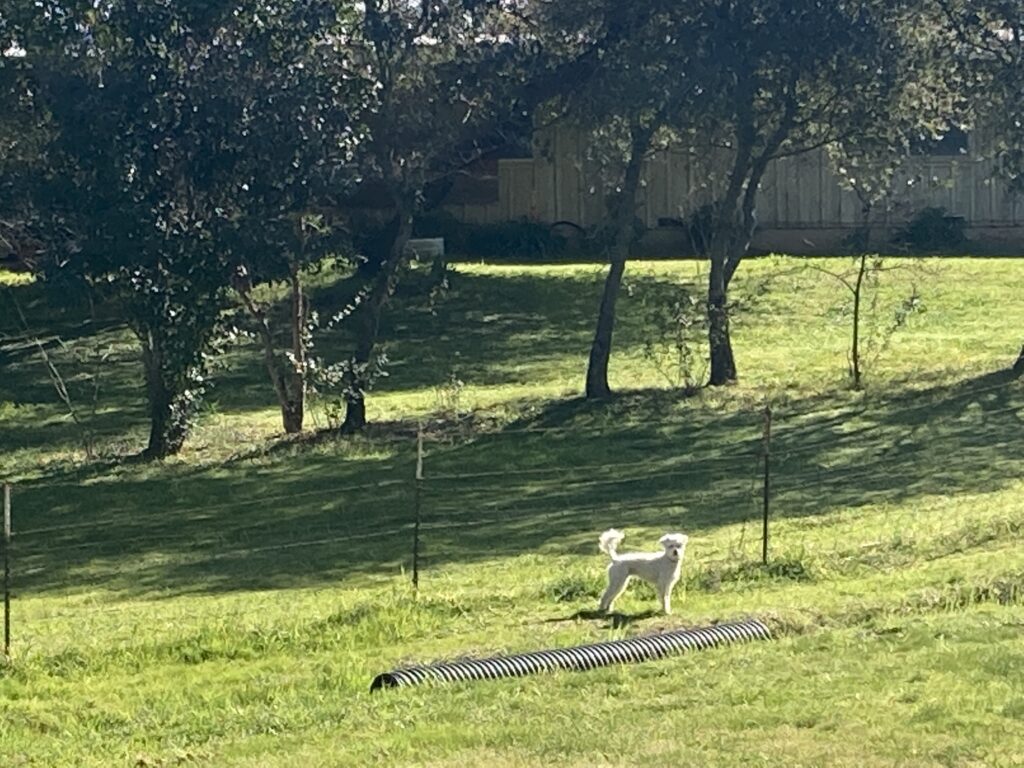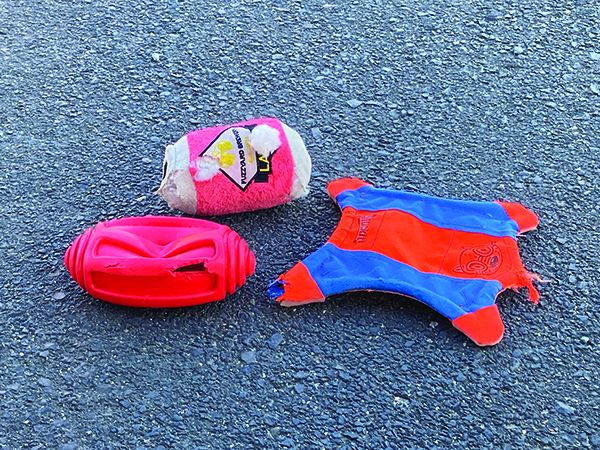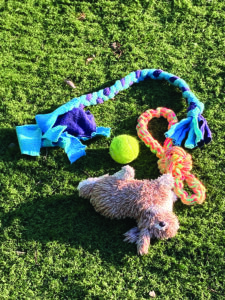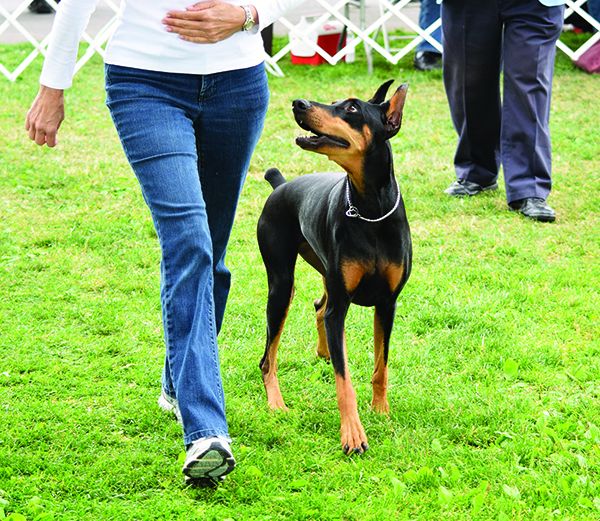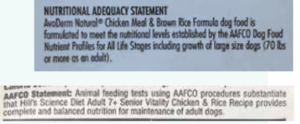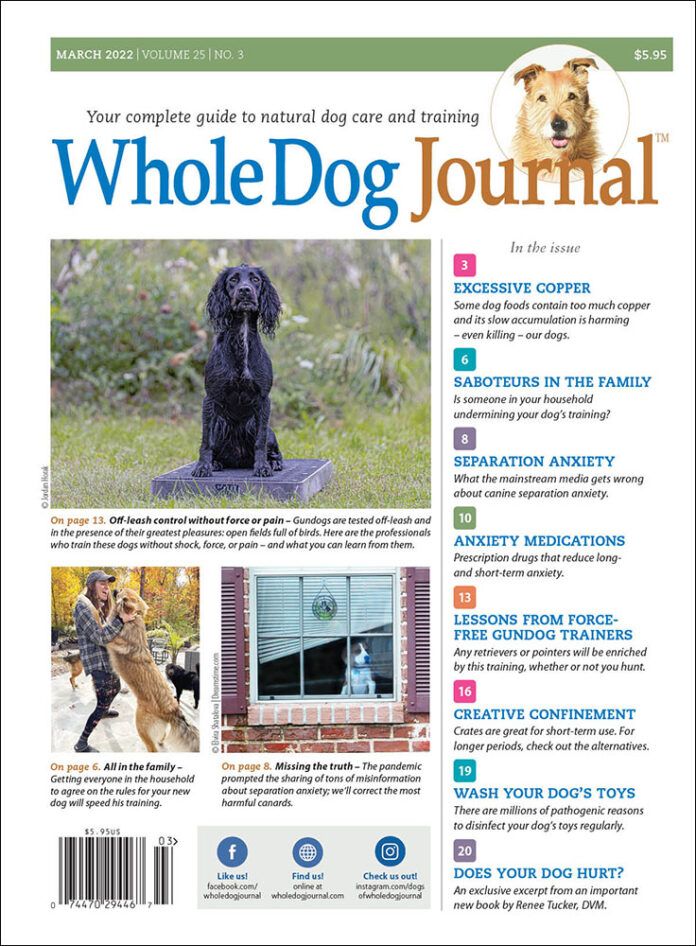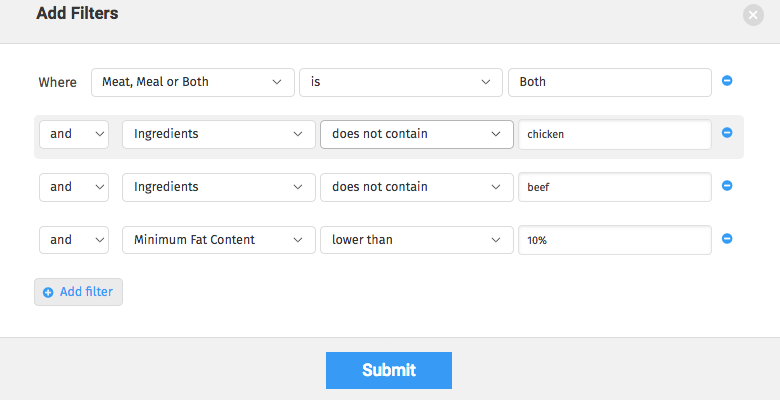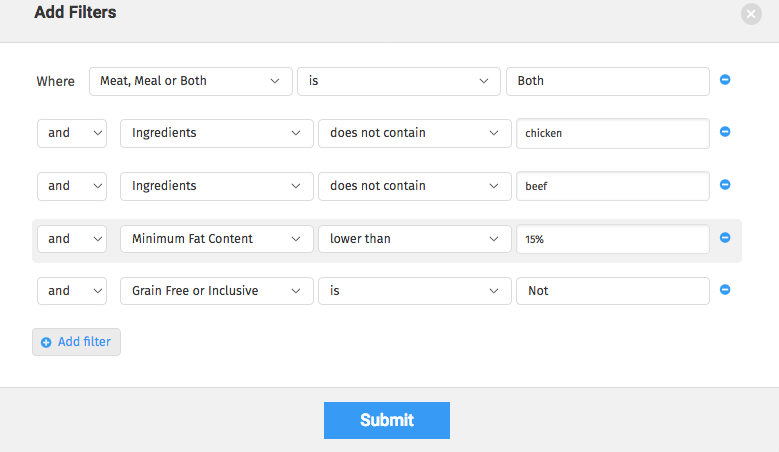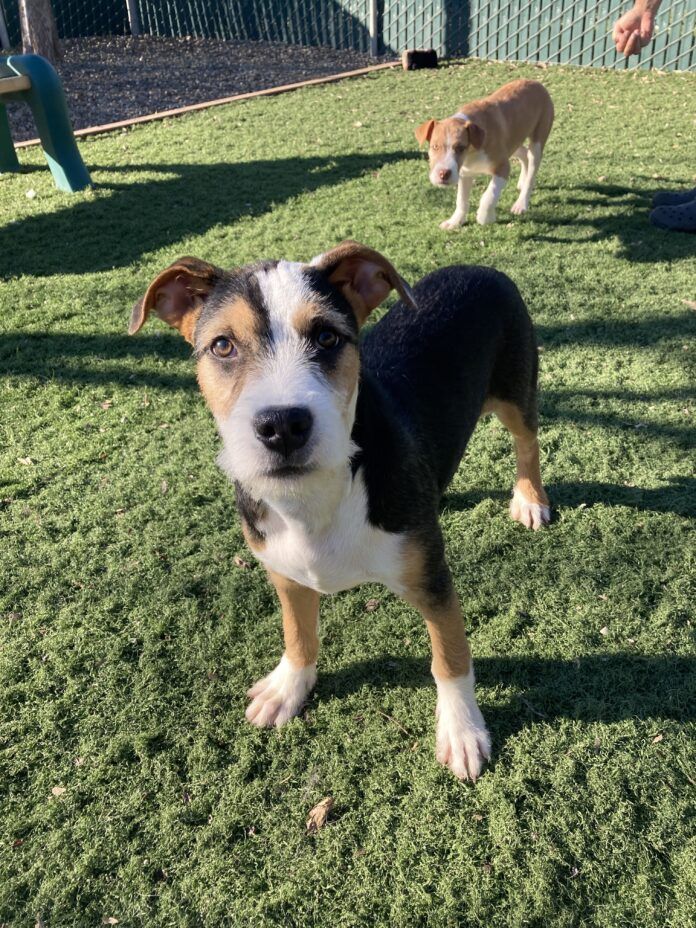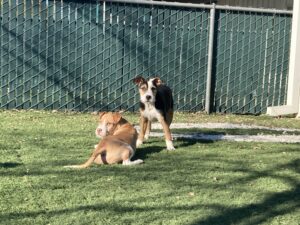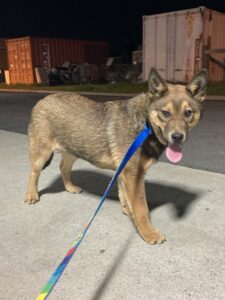If you’re reading this, I wish I were a dog at your house. The best owners want to find out what is wrong with their dog. Obvious problems like wounds or acting sick can be taken care of by your veterinarian.
But what if the problem isn’t obvious? What if your dog just sits down crookedly? Is this a problem or not? What if your dog used to be able to jump up into the car, but now has trouble, or won’t even try? Is this something that can be fixed? What about how to know what is “just old age” as opposed to a treatable issue?
My goal is to change dogs’ lives. Very often I find that people believe that’s “just the way he is” or “my dog is getting old, which is why she can’t do certain things anymore.” But what appears as stiffness or a reluctance to participate in activities can simply be an alignment issue. Good news! Alignment issues can be resolved and your dog will seem “young again.”
Jump to: Body Checkup: Thoracic Spine 8-13
This book does not teach you how to be a veterinarian. But it does teach you how to find the area where your dog is hurting (even when it is not obviously hot or swollen). The direct result is you will be better informed and able to work with your veterinarian as together you try to alleviate the source of your dog’s pain or discomfort.
WHEN TO CONSIDER CHIROPRACTIC (AND WHEN NOT) FOR YOUR DOG
Chiropractic subluxations can be reflected by many different symptoms, whether behavioral, performance-related, or lameness-specific. I will deal with all three situations:
Many dog owners and trainers quickly assume that when dogs are resistant they are just being cranky, stubborn, stupid, lazy, or they just don’t want to exercise. By “resistant” I mean resistant to training, or not playing as usual, or not wanting to go for a walk, jump up in the car, or go up or down the stairs, for example.
More likely, however, resistance can mean their head, back, legs (or joints), or feet hurt. Take a look at the sidebar below. The list of potential symptoms can help you “hear” what your dog’s behavior is telling you about his discomfort or pain.
In addition, be especially mindful when you notice your dog can’t manage a movement he used to be able to perform. It might be a sudden change. Maybe there was a known traumatic event – a fall or injury – that caused the problem. However, many times we don’t know what happened: The dog just comes in from playing and suddenly has trouble climbing the stairs!
Or, it might instead be a gradual change (a “worsening”) over a few weeks or months. Perhaps the sensitivity to being petted on his right side used to be just an irritated expression, but now, months later, if you even go near the right side, the dog is moving away from you.
Even a subtle sign such as the dog needing a longer and longer warm-up time before he can really run can be an indication of underlying pain. Many times we think the dog is just getting older, and in an effort to help, we throw in joint supplements and painkillers. It’s time for dog people everywhere to learn if and where their dog is hurting, before taking this (often expensive) step.
WHAT ARE THE SYMPTOMS TELLING YOU?
Your dog may show symptoms of lameness. A truly lame dog shows some kind of limp, with or without a head bob. When I refer to lameness in this book, I am primarily referring to “offness.” An “offness” is when the dog’s movement is somehow “wrong” or asymmetrical, but difficult to see or describe.
Jump to: Common Symptoms for a Dog in Pain
“Offness” can be described in a variety of unique ways. People say things like:
- “He looks like a square peg in a round hole.”
- “She walks like two separate dogs, front and back. Like they’re not connected.”
- “I don’t think my dog knows she has a hind end.”
- “I notice my dog tripping on our walks, but there is nothing to trip on.”
- “There’s just something funky about how he’s moving.”
When you find yourself saying these types of things, it’s time to find out where your dog hurts and whether or not the primary cause of this problem is something you need to discuss with your veterinarian or chiropractor.
First, with “offness” or lameness, consider this general rule: When your dog is obviously more “off” at trot rather than walk, start with your veterinarian. When he is obviously more “off” at walk rather than trot, start with your chiropractor.
For example, if a Border Collie has an obvious head bob at the trot, and only a very subtle head bob at the walk, call your veterinarian. Conversely, if a Golden Retriever tracks up one inch shorter on the left hind at the walk, but tracks up evenly at the trot, it’s time to call the chiropractor. This rule is not 100 percent accurate, but it’s a great place to start.
These behavior, performance, and “offness” symptoms are typical of dogs with chiropractic subluxations that need correcting. Sometimes, however, dogs can have these same symptoms, yet the cause may not necessarily be chiropractic. The main, or primary, cause of the problem is what needs to be addressed first.
Primary causes are many: harness fit, vitamin and mineral imbalance, toenail lengths, teeth issues, leg-joint arthritis, tendon or muscle overstrain, medical internal issues, and more.
It is challenging to figure out whether symptoms of discomfort are from chiropractic subluxations or other primary causes that need a veterinarian’s attention, and which professional to aim for at first.
Sometimes, you can start with a chiropractor but find the problem keeps coming back. In another case, there is a prior injury (for example, a tendon laceration that has built up scar tissue) that repeatedly causes chiropractic subluxations.
A chiropractic maintenance schedule is certainly reasonable; however, multiple visits to correct the exact same chiropractic pattern are not the answer. Remember, a “muscle memory” effect does not occur if the primary cause has been resolved. Be wary of a chiropractor who tells you that due to muscle memory, multiple visits are needed for an adjustment to fully hold. When you continue to have the same problem over and over again, it’s time to search for a different primary cause.
In summary, when your dog has a behavioral, performance, or “offness” problem, first be sure your dog’s teeth, feet, diet, and collar/harness fit are all in good shape. Then call your vet when you have an “offness” that is more obvious at the trot. Otherwise, call your certified chiropractor for consultation.
Common Symptoms That Can Indicate Discomfort or Pain in Pets
- “Snapping” at people
- Separation anxiety
- A “bad attitude,” especially when being asked to do something
- Excessive chewing, including non-toy items
- Not wanting to exercise
- Crouching down or shrinking away from being petted or brushed
- Only lying down on one side
- Inability to climb stairs or jump onto raised areas
- Reluctance to move
- Lack of coordination in gaits
- Lameness that seems to move from limb to limb
- Stiffness or tension
- Warming up slowly
- Not traveling straight
- Incontinence
- Sensitivity to touch
- Stiffness after sleeping
- Stiffness when bending
- Back not swinging
- Shortened stride
HOW TO FIND A GOOD CHIROPRACTOR FOR YOUR DOG
This is described in an entire chapter in my book, but briefly:
In your search for a good canine chiropractor, I first recommend you educate yourself about the laws regarding animal chiropractic in your state. Typically, a state’s veterinary medical board will have this information, though sometimes you may also need to contact the human chiropractic board. The best way to find this is through an Internet search.
In most states there are one of two laws, or some version of them: 1) the animal chiropractor must be a veterinarian; or 2) the animal chiropractor must be “under the supervision” of a veterinarian. “Under the supervision” does not mean that the veterinarian has to be there, but rather that he is familiar with the dog and has referred the owner to the chiropractor.
You need to find a certified chiropractor, ideally one who is practicing legally. Remember, such a person can be either a veterinarian (DVM or VMD) or a chiropractor (DC) to become certified in animal chiropractic. However, some state laws may allow only veterinarians to do chiropractic work on animals.
What is very best for your dog is to have your veterinarian – or certified chiropractor working with a vet (if that’s legal in your state) – do your chiropractic work. Having both the veterinary knowledge and the chiropractic training is ideal.
When searching for a chiropractor, start with the American Veterinary Chiropractic Association (www.animalchiropractic.org). This organization certifies both veterinarians and human chiropractors for animal chiropractic care. Its website lists many of the available certified veterinarians and chiropractors by state and includes links. Not all certified practitioners are listed on the AVCA website, for various reasons. You can call the AVCA office and ask directly about an individual to find out whether he or she has been through the course and modules, and has passed the examination.
Watching an animal chiropractor work is one of the best ways to see if a person is doing a good job. Call a prospective practitioner and request information on his education, experience, and references, and then ask if you can watch him work on a dog.
Look for two things: the dog’s response and what the chiropractor is doing. First, if the dog doesn’t like the animal chiropractor, go with his instinct. Of course, many dogs get nervous being in a veterinary office; you know your dog best. Most dogs do not mind being around people with good healing intention. If you see a dog reacting poorly to an individual, don’t ignore it.
If the dog initially likes the chiropractor, watch his expression during the adjustment. Signs of too much force include: laying ears flat back, trying to bite, and trying to get away. Some adjustments can be a bit uncomfortable because of the need to put pressure on a body part that already hurts. However, it’s only for a second or two. It’s like having a bad bruise pressed on momentarily before a warm cloth is added: you flinch but then relax when you feel the pleasant warmth.
It’s okay when you see brief tension followed by relaxation after the adjustment. You may also see signs of endorphin release from the adjustment, including licking of the lips, passing gas, lowering the head, and looking sleepy or glassy-eyed. Not all dogs show these signs of endorphin release, particularly when it is their first session of any type of bodywork. But you are just looking for the dog being comfortable overall.
Body Checkup
Scruffy the black Labrador sauntered into the room. He looked rough – patches of hair missing, some scratches on his chest. I think one side of his face was even swollen. But he didn’t seem to care. Totally reminded me of a prize fighter (“You should have seen the other guy”).
Scruffy’s owner Matilda wasn’t concerned either. “Oh, those scratches? Yeah, he gets those from time to time. Always has. Even as a pup he loved a good scuffle with the neighbor dogs.”
“Uh … then what seems to be the trouble with Scruffy?” I asked her.
Matilda replied, “He’s not lying down right. You know how dogs do their circle thing before lying down?”
I nodded.
“Well, Scruffy does four circles, to the left, every time before he lies down. And now … it’s the saddest thing ever …. ” She teared up, but kept explaining. “He looks like he wants to go left, and turns his head left, and then sits down, and lies down from there. It’s so wrong.”
I nodded. That was wrong. Just to confirm, I asked her, “So is it like he can’t bend to the left, so he just lies down instead of circling?” She nodded her affirmation.
When dogs can’t bend through the body, it’s usually something misaligned in the spine. I found Scruffy’s thoracic vertebrae were subluxated. This was keeping him from bending. I suspected his latest “scuffle” had been a big one.
Once his thoracic vertebrae were realigned, he could happily circle before lying down again.
Problems in this area?
Common behavioral or performance symptoms
Very Common: Stiff, Inability to bend
Common: Reluctance to be brushed or petted on the back
Occasional: Preferring to lie down or stand rather than sit
Physical Symptoms, Current or Prior: History of physical trauma
Thoracic Checkup Directions
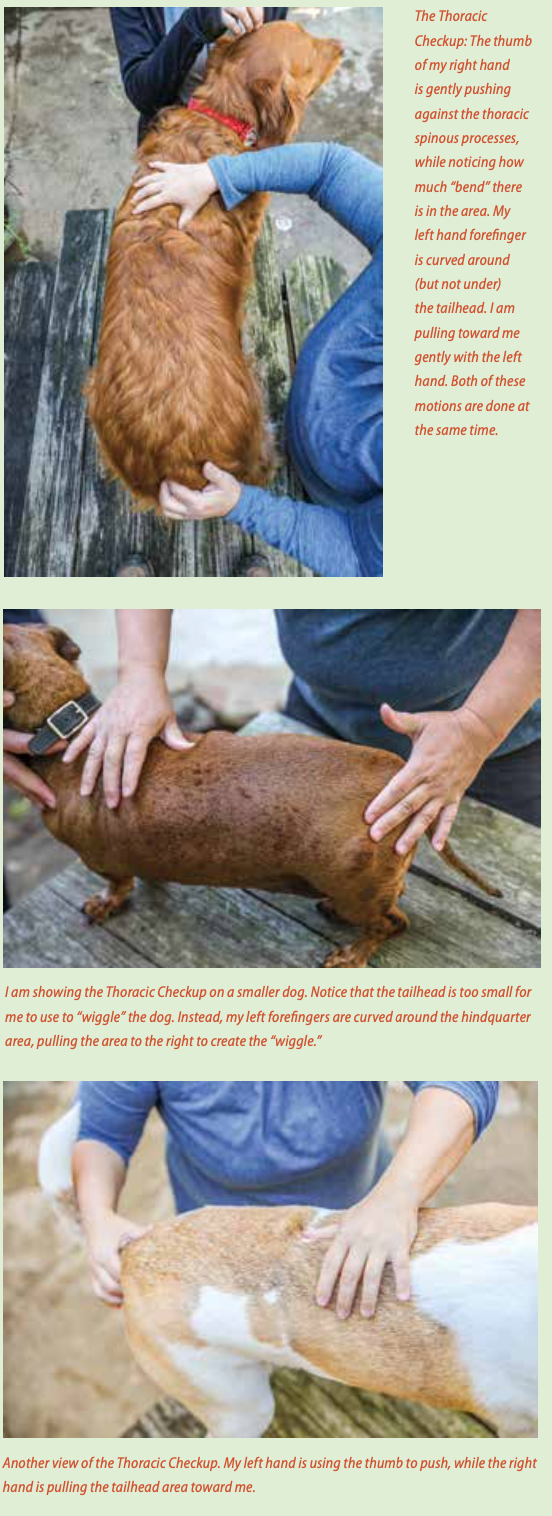
Function: The function of the thoracic vertebrae is to form the spinal column of bones that protects the spinal cord. They also allow for flexibility in the back, both up and down and side to side.
Range of motion: The thoracic range of motion is hard to describe. When you bend your back from side to side and feel the thoracic (upper back) vertebrae, you get the idea. These thoracic vertebrae are attached to the ribs, and because of this, there is less flexibility in this area than in the lumbar (lower back) area. This is true of both you and your dog.
This checkup can only be performed with the dog standing. While at the dog’s right side, place the pad of your right thumb along the thoracic spinous processes (see top photo, right). This means that the pad of your thumb will be approximately one-half inch from the midline on the right (for a medium-sized dog).
Meanwhile, your left hand will be gently holding the base of the tail. Keep your fingers out from underneath the tail. Just hold the top part (as seen in top photo).
Now gently pull the tail toward you while, at the same time, applying light pressure with your right thumb pad.
What this creates is a “wiggle” action. As the tail comes toward you, you apply gentle pressure with the thoracic hand, creating a bend in the body. Then as you release, the bend relaxes and the body straightens.
You do this for each thoracic vertebra, one at a time. The vertebra should remain soft, wiggling without any tension or resistance.
When you feel resistance or even full stopping of the motion, you have subluxations.
Check each thoracic vertebra from T8 (the one just behind the shoulder blade) to T13 (the last vertebra with a rib attached; beyond that are the lumbar vertebrae, which are not attached to ribs and are more mobile). Do this checkup on both sides of the dog. Sometimes you may find that one side “wiggles” just fine, while the other side is completely stiff.
Diagnosis: When there are thoracic vertebrae that do not move as much as the others, there are most likely a few subluxations. When all the thoracic vertebrae feel completely stiff (not uncommon), it’s likely there are many subluxations.
• When subluxations are suspected, call chiropractor.
• When there is no indication of subluxation but symptoms remain, check for: subluxations at ribs, lumbar vertebrae, withers; harness fit.


